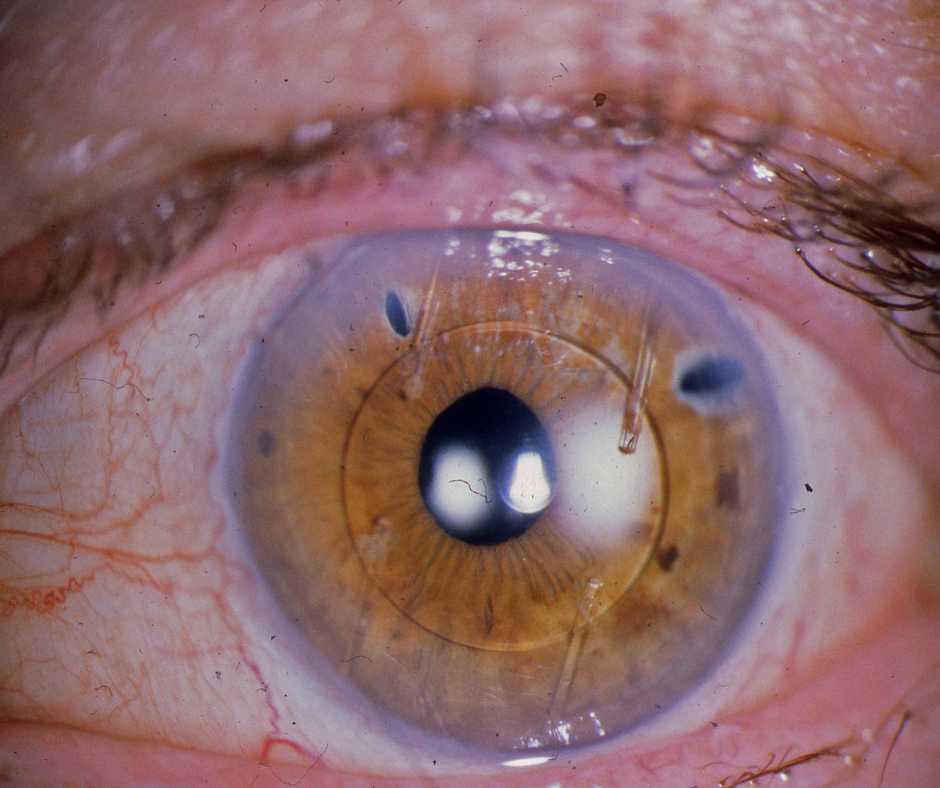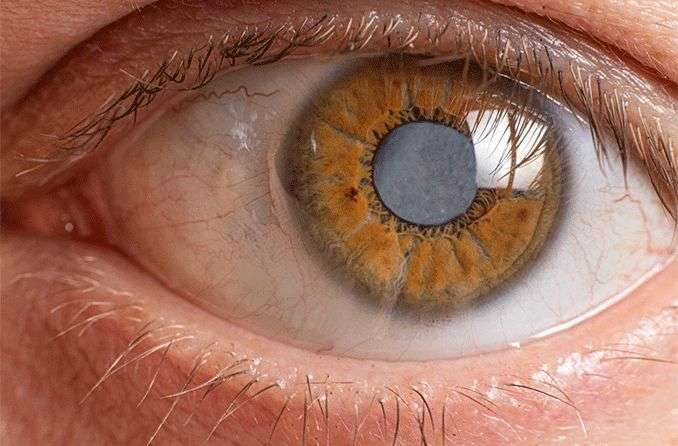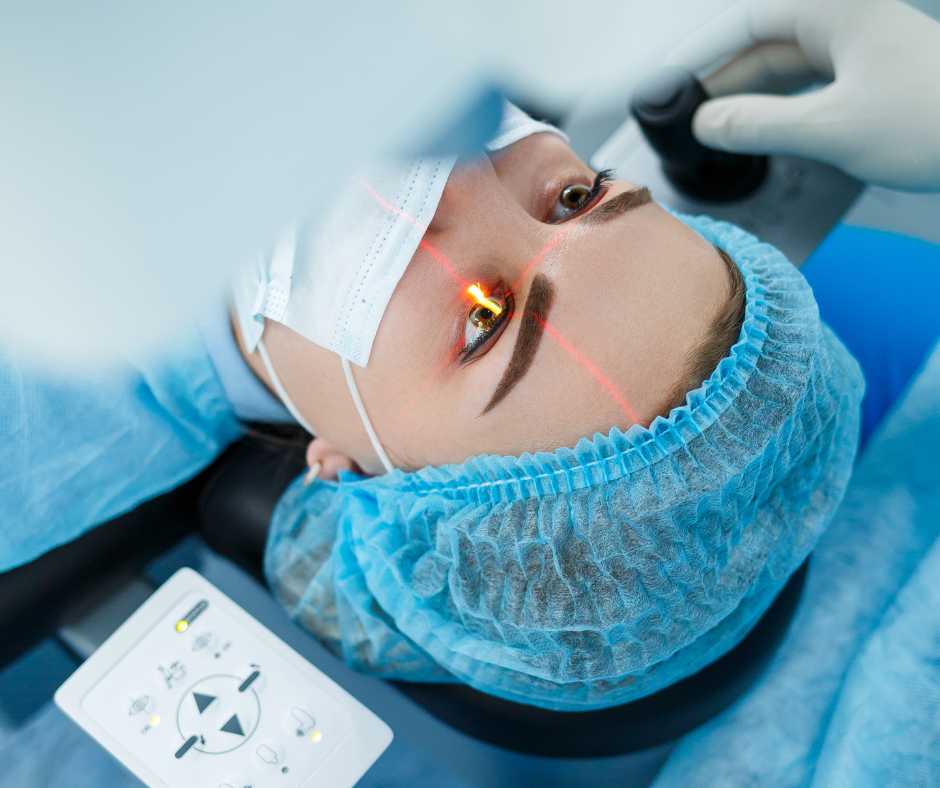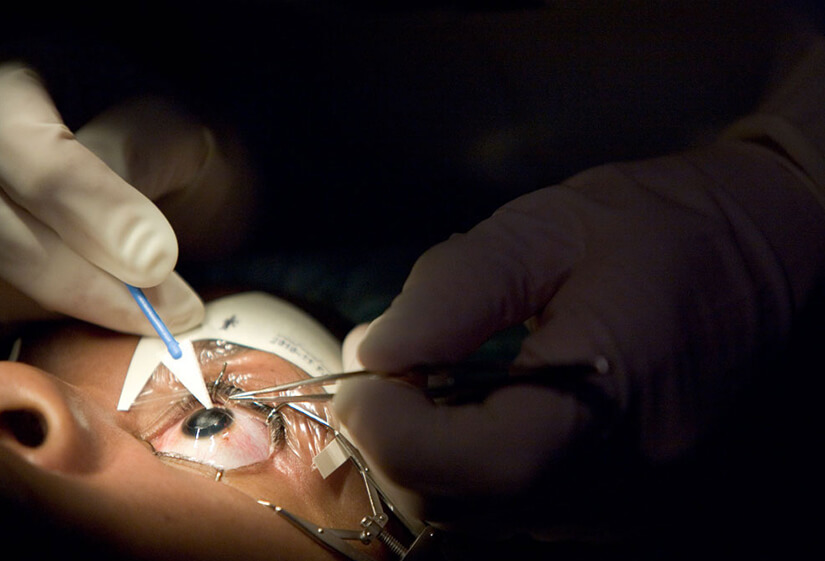Introduction
Cataract surgery is a life-changing procedure that restores vision by replacing a cloudy lens with a clear artificial one. However, many patients wonder about the timing between surgeries for each eye. Should both eyes be done simultaneously, or is there an ideal waiting period? Let’s explore the best practices for scheduling cataract surgeries to ensure optimal recovery and vision outcomes. How long between cataract surgery on each eye
Understanding Cataract Surgery
What is Cataract Surgery?
Cataract surgery is a common and highly effective procedure where the cloudy lens of the eye is removed and replaced with an artificial intraocular lens (IOL). This helps improve vision clarity and quality.

How Does the Procedure Work?
- A small incision is made in the eye.
- The cloudy lens is broken up and removed.
- A clear IOL is inserted in its place.
- The incision heals naturally without stitches in most cases.
Recovery Process After Cataract Surgery
- Mild discomfort and blurry vision for the first few days
- Improvement in vision clarity within a week
- Complete healing usually takes about 4-6 weeks
Why Cataract Surgery is Performed One Eye at a Time?
Risk Management
Performing surgery on both eyes at the same time increases the risk of complications, such as infection or inflammation affecting both eyes simultaneously.
Ensuring Proper Healing Before Operating on the Second Eye
Doctors prefer to wait until the first eye has healed to assess the success of the procedure before proceeding with the second surgery.
Recommended Time Between Cataract Surgeries/How long between cataract surgery on each eye
Most ophthalmologists recommend waiting 1 to 4 weeks between surgeries. The exact timeline depends on the patient’s recovery speed and doctor’s assessment.
Factors Influencing the Waiting Period
- Healing Response – Some patients heal faster than others.
- Complications – If any issues arise, the second surgery may be postponed.
- Vision Adjustment – The brain needs time to adapt to the new lens in one eye.
Benefits of Waiting Between Surgeries
- Allows the first eye to heal fully.
- Ensures the second eye receives the best possible care.
- Helps the patient adjust to their new vision in stages.
Risks of Having Both Eyes Done Too Close Together
- Higher chance of infection or inflammation in both eyes
- Increased discomfort and difficulty in daily activities
- More challenging post-operative care
When Can the Second Surgery Be Done Sooner?
In some cases, like when both eyes have severe cataracts, doctors may perform surgery within a few days or even on the same day (bilateral cataract surgery). However, this approach is less common.
Post-Surgery Care for Each Eye
- Use prescribed eye drops as directed.
- Avoid strenuous activities and heavy lifting.
- Follow all post-op instructions carefully.
Managing Daily Activities Between Surgeries
- Avoid driving until cleared by your doctor.
- Be mindful of depth perception changes.
- Ask for assistance if needed.
Patient Experiences and Success Stories
Many patients report improved quality of life and sharper vision after cataract surgery. Some prefer waiting a few weeks between surgeries, while others opt for a quicker turnaround based on their doctor’s advice.

Conclusion
The ideal waiting time between cataract surgeries varies from patient to patient. While 1-4 weeks is the general recommendation, factors like healing speed, vision stability, and personal comfort should be considered. Always consult with your ophthalmologist to determine the best approach for your individual needs.
Author Details:
Dr. Sushruth Appajigowda holds a prominent position as a Cornea, Cataract, Glaucoma, and LASIK Surgeon in Bangalore. He serves as the chief Cataract and Refractive surgeon at Vijaya Nethralaya Eye Hospital, Nagarbhavi Bangalore. Renowned as one of the finest LASIK surgeons nationwide, he brings with him over 12+ years of experience across multiple LASIK platforms, including ZEISS, ALCON, SCHWIND, AMO, and Bausch and Lomb. Having successfully conducted over 5000 LASIK procedures, Dr. Sushruth holds the title of a Certified Refractive Surgeon and a Fellow of the All India Collegium Of Ophthalmology. Furthermore, he stands as a distinguished speaker at various National and International Forums, using his expertise to guide you in selecting the most suitable procedure based on your health requirements.

http://vijayanethralaya.com/link-in-bio/
FAQs
1. How soon after cataract surgery can I have the second eye done?
Typically, within 1 to 4 weeks, depending on healing progress.
2. Can I have cataract surgery on both eyes at the same time?
Yes, but it’s uncommon. Most doctors prefer to do one eye at a time to minimize risks.
3. What happens if I delay my second cataract surgery for too long?
Your vision may remain imbalanced, making daily activities difficult.
4. How do I know if my first eye has healed properly before the second surgery?
Your doctor will check for clear vision, no signs of infection, and proper adjustment to the new lens.
5. What are the signs of complications after cataract surgery?
Blurred vision, pain, redness, or unusual discharge should be reported to your doctor immediately.













